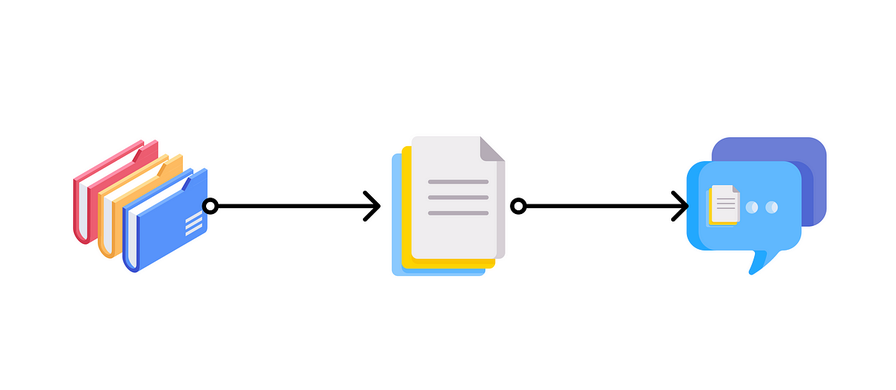A step-by-step guide to building a chatbot based on your own documents with GPT

my notes ( ? )
" a step-by-step guide for building a document Q&A chatbot in an efficient way with llama-index and GPT API... ask the bot in natural language about your own documents/data... [see it] retrieving info from the documents and generating a response [1]... customer support, synthesizing user research, your personal knowledge management"
Key points:
- "fine-tuning costs quite some money and requires a big dataset ... also impossible to fine-tune every time when there is a change to the document.... so for (multi-)document QA [Question Answering], fine-tuning is not the way to go.
- alternatively, prompt engineering: "append the original document content before the actual question... [but] it can only take in a few thousand words ... costly... because the pricing is based on the number of tokens you use.
- hence this approach: "using an algorithm to search the documents and pick out the relevant excerpts and then passing only these relevant contexts to the GPT model with my questions...
- LlamaIndex does exactly what I wanted to do and it is straightforward... convert your original document data into a vectorized index... use this index to find the most relevant parts based on the similarity of the query and the data... plug in what’s retrieved into the prompt it will send to GPT [for]... context"
Read the Full Post
The above notes were curated from the full post bootcamp.uxdesign.cc/a-step-by-step-guide-to-building-a-chatbot-based-on-your-own-documents-with-gpt-2d550534eea5.Related reading
More Stuff I Like
More Stuff tagged knowledge management , chatgpt , llamaindex , llm , guide , ai
See also: Digital Transformation , Personal Productivity , Innovation Strategy , Science&Technology , Business , Large language models